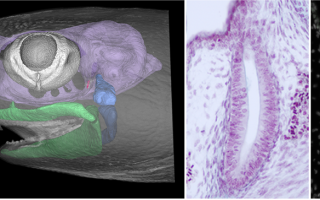Little Skate

Little skates (Leucoraja erinacea) are bottom-dwelling cartilaginous fishes found across the northwestern Atlantic Ocean. They prefer sandy and gravelly environments of no deeper than 300 feet and are typically active at night, spending days buried in sediment.
Skates are close cousins of sharks and rays and are an important model organism for biological and medical research. They are cartilaginous, so unlike humans their body structure is made of cartilage instead of bone. They continue to grow that cartilage throughout their adulthood. By studying the methods behind that growth, scientists aim to learn how to stimulate cartilage growth in humans.
Did you know that skate egg cases are commonly called “Mermaid’s Purses?”
Type: Cartilaginous Fish
Habitat: Sandy or gravelly habitats up to 3000 feet deep
Range: Western Atlantic Ocean
Life Span in the Wild: 10-15 years
Size: 16-20 inches
Weight: 1-2 pounds
Diet: Benthic invertebrates including crustaceans, amphipods, and annelids, and some small benthic fish
Status: Species of Least Concern
MBL scientists use skates and their embryos to study skeletal development. By shining a light through egg cases, scientists can watch the entire maturation process. Unlike other fishes, skates, sharks and rays have small cartilaginous appendages that support their gills. MBL researchers think that the fins of fishes and the limbs in humans may have originally evolved from gill appendages like the ones found in the skate. By comparing the development of skates and other cartilaginous fish to that of bony fish, scientists hope to learn about common ancestors of all jawed vertebrates.



